A Journey to a Better Me 2017
Part 2
Sustainable Development in Every Part of the City
“Reading ten thousand books, traveling ten thousand miles”. From July 9 to 23, 2017, the “2017 A Journey to a Better Me” delegation of 33 students from the Faculty of Built Environment went on a 14-day academic visit to Japan. During the visit, the visiting delegation participated in course learning, and visited Kasai Water Regeneration Center in Tokyo, the construction site of the Memorial Auditorium of Toyama Campus of Waseda University, and the remedial works site of the central scroll at Japanese Hieizan Enryakuji. In this process, the students were greatly impressed by the idea of sustainable development reflected in every part of Japan.
July 11: Kasai Water Regeneration Center in Tokyo
Kasai Water Regeneration Center is one of the largest sewer treatment centers in Tokyo. An old man named Sato showed the students a cartoon that explains the general process of the water treatment center in both Chinese and English. After that, Sato showed the delegation around the water treatment center. The delegation were amazed to find that there were no "wastes" in the water treatment center: The ash coming out of the chimney of the treatment plant was not discharged into air directly; it was collected and used for reclamation works in Tokyo; the polluted sludge, after proper treatment, would suddenly turn into building materials.
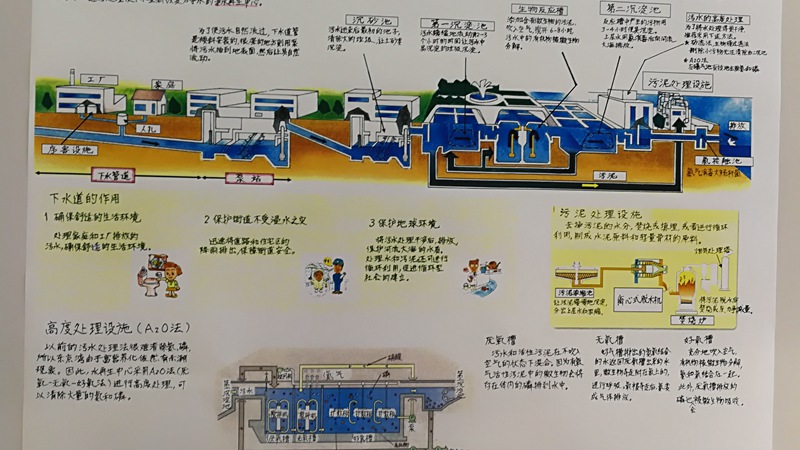
The process flow chart of the sewage treatment center drawn by Mr. Sato for the delegation
At the end of the visit, the delegation were given an opportunity to watch the sewage treatment process: The sewage gave out strong unpleasant smell when it arrived at the grit chamber of the treatment center; after going through a number of physical and microbial treatment steps, the sewage became clean water and was ready to be returned back to the sea.
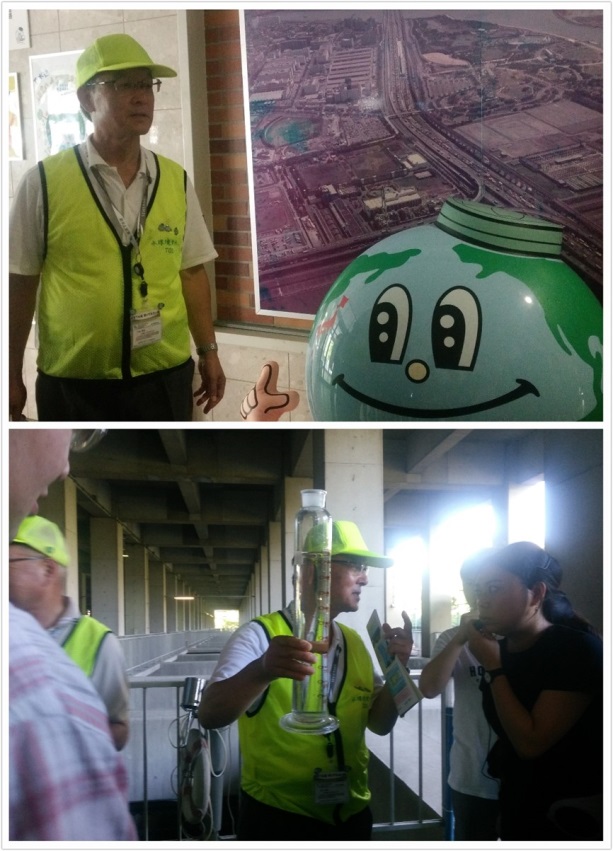
According to Mr. Sato, the sewer treatment coverage of the 23rd District of Tokyo Metropolis reached 100% in 1995. The overall water quality of previously polluted rivers, after going through sewage treatment of the drainage, meets the specified requirements. It is of great referential value to China, which is now suffering from water body pollution. The old men acting as the interpreter for the delegation were volunteers that had retired from office. Most of them were above 70. Yet they were still enthusiastic about work. They drew a flow chart in Chinese for the teachers and students and added Chinese notes to the publicity video of water regeneration.
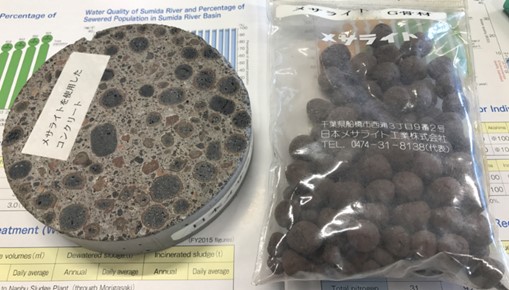
Building materials made from sludge
July 12: Construction site of the Memorial Auditorium of Toyama Campus of Waseda University
After the visit to Waseda University, the delegation headed for the construction site of the Memorial Auditorium of Toyama Campus of Waseda University, the first construction in Japan they visited during this academic visit.
This Project is undertaken by Shimizu Corporation, a nationwide leading and world well-known construction company in Japan. At the construction site, everything was in a good order. The equipment, materials and supplies were placed neatly. There were only a few workers but they were working in an orderly and effective manner.
Despite the hot weather, the teachers and students were asked to "arm to the teeth" before entering the construction site. The students learned that personal safety was the priority during the construction period, which was the foundation of sustainable development of people and the project.
At last, the chief architect answered questions raised by the teachers and students in the work shed. The delegation members found that the construction site management and cost management ideas in Japan were completely different from those in China.
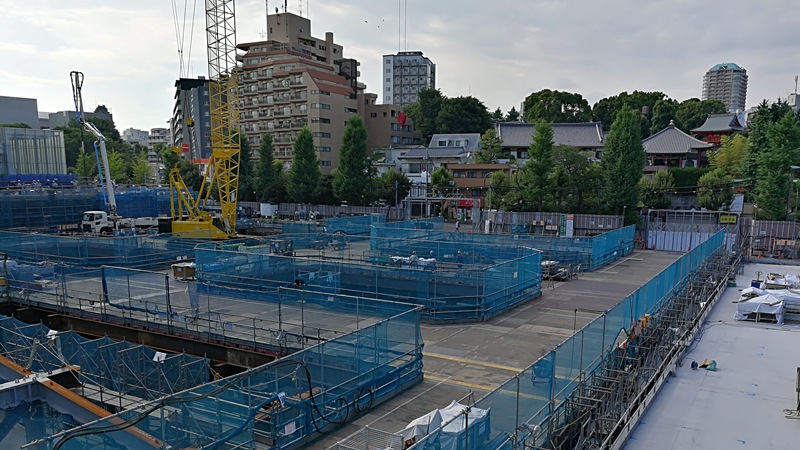
A corner of the construction site of the Memorial Auditorium of Toyama Campus of Waseda University
July 15: Totoro Forest
Totoro Forest is located in Tokorozawa-shi, Saitama close to Tokyo. Tokorozawa-shi is also where Miyazaki Hayao, the most renowned cartoonist in Japan, once lived.
Totora Forest is a quiet forest in the noisy city. In the 1990s, Japan experienced an economic boom, along with sprawling of cities. At that time there were still a lot of natural attractions and the Totora Forest in the agricultural area. However, they were then bought by enterprises and became part of the city. With joint efforts of local residents and environmental protection organizations, this part of land was redeemed, partly with donation of Miyazaki Hayao.
Now, Totora Forest has become a "Land of Peach Blossoms" in the city. Citizens may come here and experience original agricultural cultivation and taste green food. For the city, Totora Forest plays a role of local climate regulation, and serves as a living specimen of environmental protection amidst construction of big cities. Mr. Kosaku Onaka from the Forestry Agency of Japan gave a detailed explanation to the delegation, and highlighted the importance of harmony, co-existence, publicity and cultivation of environmental consciousness.
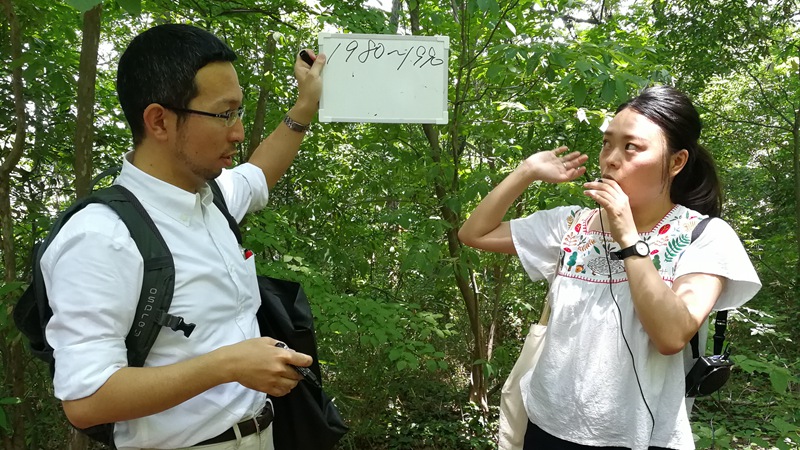
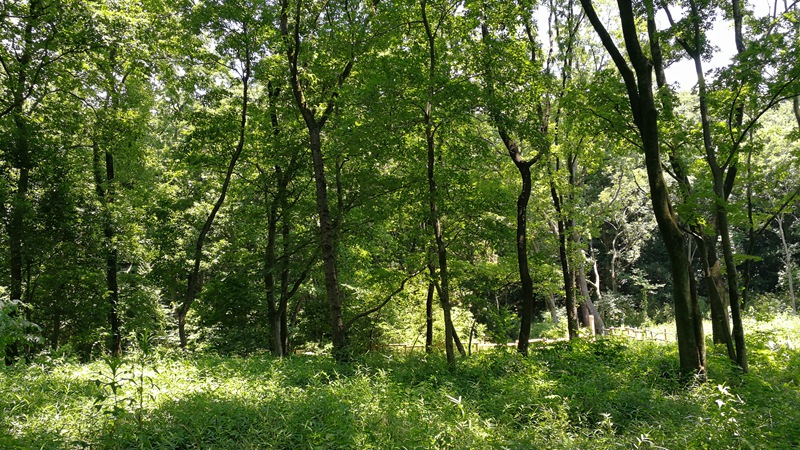
Totora Forest has become the "Land of Peach Blossoms" in the city.
July 17: Furano Lavender Farmland in Hokkaido
Furano is home to a vast variety of flowers and plants, in particular lavender. It is therefore hailed as the "Provence in Asia".
Here the cultivation and harvesting are done mechanically and therefore only a few workers are needed for cultivation of a large area. Besides, in the restaurant of the farm, you can order tasty food made from lavender and other crops planted in the farm. In particular, deserts, such as ice cream, pudding, puff and soda water, are delicious. The combination of agriculture and tourism allows the agricultural products to be marketed locally, and increases income of the farm, and drives the interactive development of primary secondary and tertiary industries.
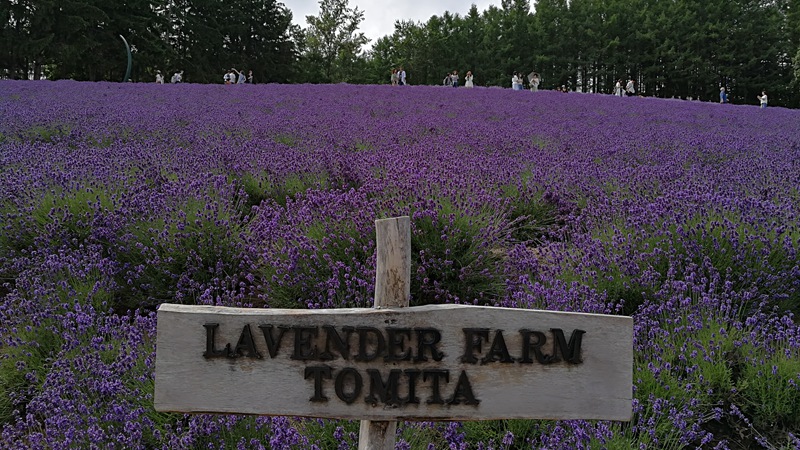
The modernized lavender farmland
July 20: Remedial works site of the central scroll at Japanese Hieizan Enryakuji
Japanese Hieizan Enryakuji is located in Otsu, Shiga not far from Kyoto, and has a long history. It is home to many well-known monks, and is dubbed as the "Mother Mountain of Japanese Buddhism", and is among the list of World Cultural Heritages.
The Central Scroll is a national treasure of Japan, and it goes through complete remedial works about every 60 years. The experts will repair the roof tiles, dougong, bronze decorations, ceiling paintings and carvings and re-paint the outer wall surfaces and beam columns during the remedial works. The purpose of the visit to the remedial works site was to learn the special methods of scaffold erection during the remedial works and onsite management.
During the remedial works, scaffolding is a technically demanding work, which is undertaken by Taisei Corporation. As Japanese Hieizan Enryakuji is located in the mountains, large-sized tower cranes cannot get in. Moreover, it is impossible to assemble the scaffold on the ground and then hoist it onto the roof due to the confined space. As such, Taisei Corporation decided to use method called translational installation, in which the poles are assembled one by one on the roof and then moved horizontally by dragging on a track to complete the erection. After the scaffold is erected, it will remain there for as long as 10 years due to the need of remedial works. An official of Taisei Corporation said confidently that the scaffold would remain still for 10 years despite the wind, rain and sunshine.
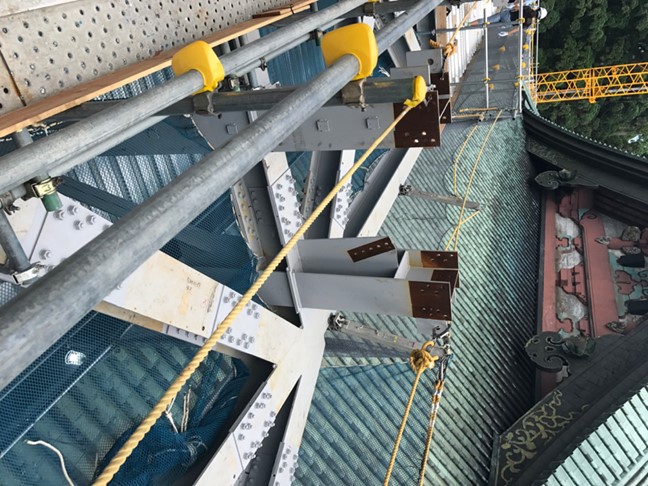
Scaffold erected using the translational method outside the Central Scroll of Japanese Hieizan Enryakuji
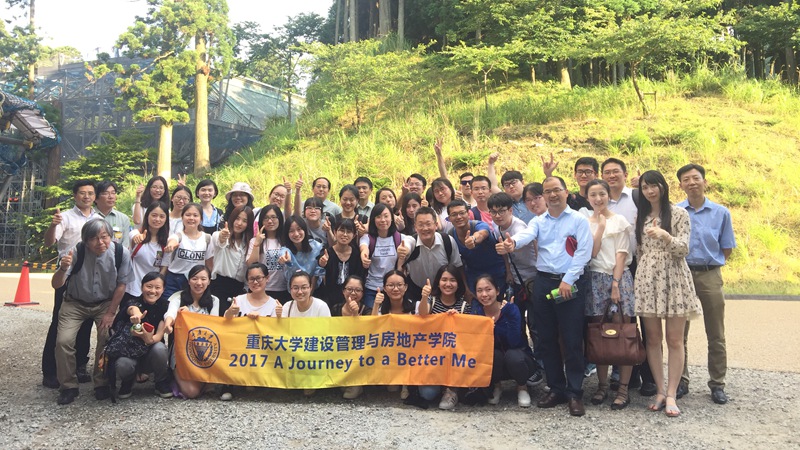
Group photo taken at the project site